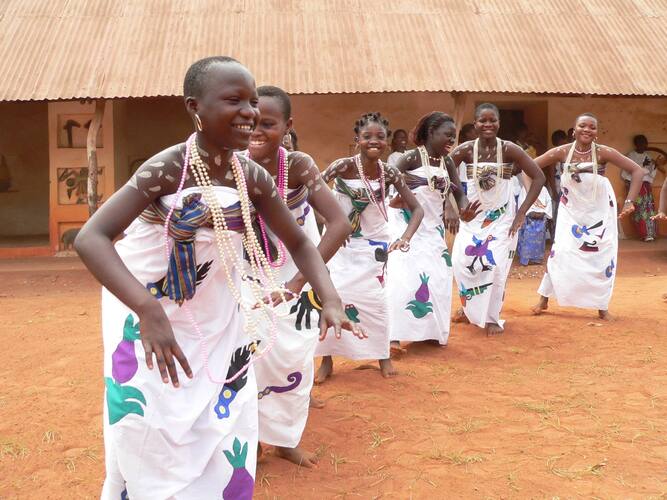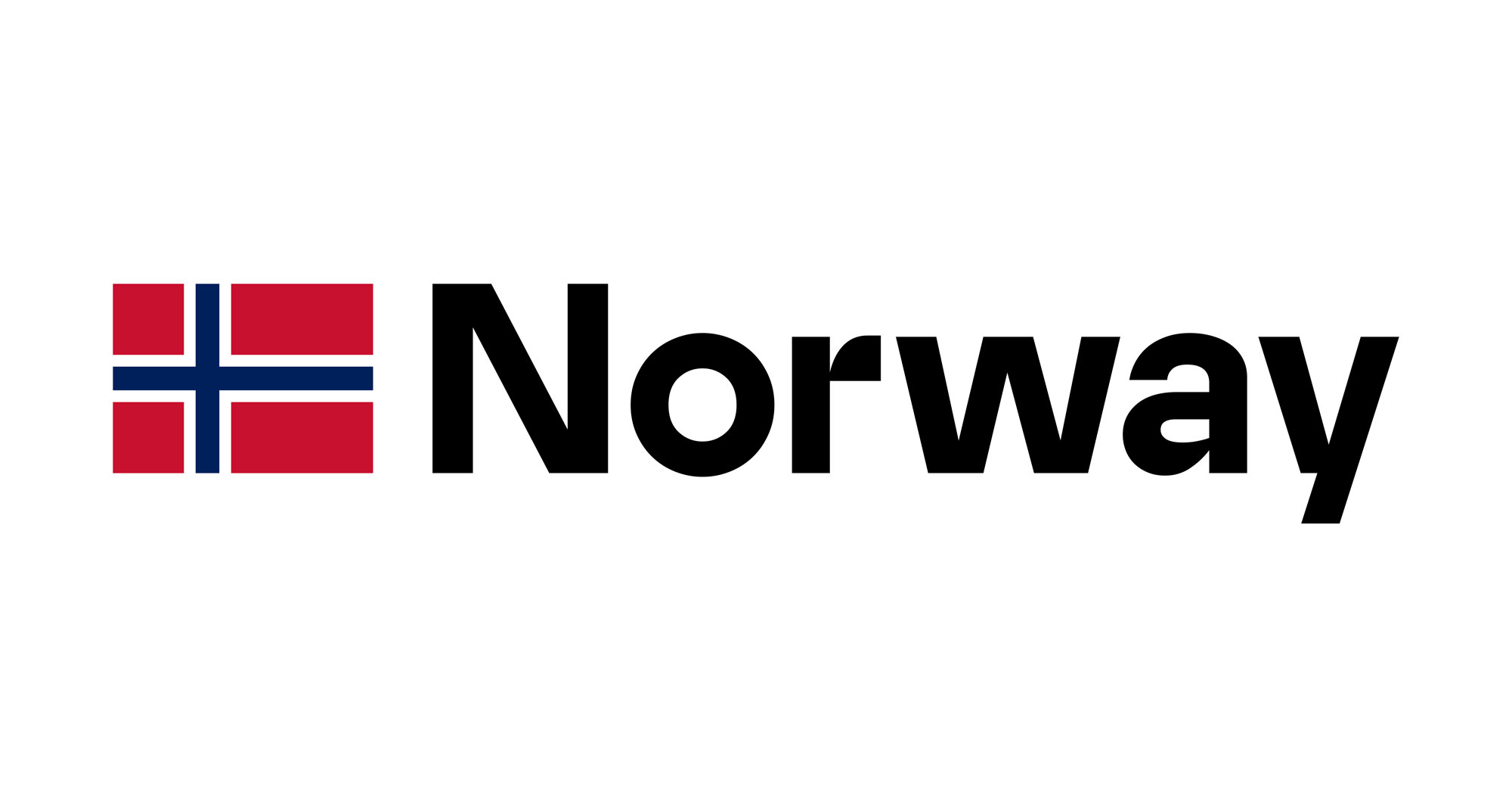Promoting the application of the Historic Urban Landscape (HUL) to safeguard heritage in the urban context in Africa: Tombs of Buganda Kings at Kasubi (Uganda) and Royal Palaces of Abomey (Benin)
At the 43rd session in Baku (2019), the World Heritage Committee requested the State Parties “to continue reflecting on the mechanisms and tools needed to assess and guide interventions in and around urban properties to sustain the Outstanding Universal Value (OUV) of the properties and to promote sustainable development.., (Decision 43 COM 7.3).
The African States Parties face increasing challenges in dealing with a dynamic urban context that negatively affects the conservation and management of World Heritage properties. With this project, the Centre intends to develop tools to support local management authorities in conserving and managing heritages in an urban context. The project also makes the celebration of the 10th Anniversary of the UNESCO Recommendation on the Historic Urban Landscape (HUL Recommendation) and responds to the Target 11.4 of the UN Sustainable development goal.
The Tombs of Buganda Kings at Kasubi, Royal Palaces of Abomey; Koutammakou, the land of the Batammariba (Togo) and Historic Town of Grand Bassam (Cote-d’Ivoire) face challenges of development pressure and uncontrolled urbanisation that may negatively impact their OUV. There is a need to develop management and planning tools to enable a balance between conservation obligation with the economic development needs of local communities to ensure sustainable growth of its urban areas.
Objectives
- Develop management and planning policies to support sustainable conservation, effective management and promotion of the site using HUL approaches.
- Develop regulations and guidelines to harmonise urban develop and planning process and development around or within the properties.
- Promote sustainable tourism and entrepreneurship in favour of income-generating activities.
- Elaborate and publish a guideline for good practices for conservation and management of sites in urban context in Africa.
- Support the implementation of Desired State of Conservation for the Removal of a Property from the List of the World Heritage in Danger (DSCOR) to take Kasubi out of the Danger List by the year 2022 and prevent Abomey to be considered in the Danger Listing
Main activities
- Develop local management and planning policies to supplement the implementation of the city master plans in line with HUL approach,
- Develop planning and architectural regulations and regulations to guide urban development around the site,
- Capacity-building of management team on sustainable tourism and on entrepreneurship
- Publish the four cases as pilot work of implementation of HUL in Africa to be used by other sites in Africa
This project contributed to the achievement of the Sustainable Development Goals (SDGs), specifically
- Targets 11.3, 11.4, 11.b and 11.c of SDG 11 (Make cities and human settlements inclusive, safe, resilient and sustainable)
- Target 12.b of SDG 12 (Ensure sustainable consumption and production patterns)
Progress made
The concept note has been developed and the national and local authorities have been informed. However, due to Covid-19 pandemic, the project did start as it was project before. A new action has been developed that will be launched by the introductory online meeting in Mid-May.
Partners
- States Parties: Benin, Togo, Cote d’Ivoire and Uganda,
- Advisory Bodies: ICOMOS, ICROM and IUCN
- African World Heritage Fund (AWHF)
- African Site Managers Network
This project is made possible thanks to the financial support of the Norwegian government.
Decisions / Resolutions (2)
The World Heritage Committee,
- Having examined Document WHC/19/43.COM/7A,
- Recalling Decision 42 COM 7A.16, adopted at its 42nd session (Manama, 2018),
- Acknowledges the progress that the State Party has made in responding to previous Committee decisions, as well as the progress made towards achieving the Desired state of conservation for the removal of the property from the List of World Heritage in Danger (DSOCR) to date;
- Appreciates the support offered by the Government of Japan through the re-opening of the Japan Funds in Trust to UNESCO project ‘Technical and financial assistance for the reconstruction of Muzibu-Azaala-Mpanga, architectural masterpiece of the Tombs of Buganda Kings at Kasubi, Uganda, World Heritage property in Danger’, and encourages the State Party to actively implement the project, which is offering support towards risk prevention, reconstruction and documentation as well as capacity building;
- Requests the State Party to implement the Master Plan for the property after its final technical review by the Advisory Bodies, and continue working towards finalising development guidelines for the buffer zone of the property as well as finalising the Disaster Risk Management Plan;
- Welcomes the measures taken by the State Party to ensure the safeguarding of the Bujjabukula (Gate House) through an ongoing World Heritage International Assistance project, which is supporting a comprehensive restoration and capacity building as well as research and documentation of the structure, construction techniques, materials, technological and craft authenticity, and also requests the State Party to submit to the World Heritage Centre:
- A detailed catalogue, including a detailed photographic record, of the existing materials and construction techniques with which the Bujjabukula was constructed, including its extant foundations flooring, walls, structure, ceiling and roof,
- A detailed restoration plan including detailed architectural drawings, restoration methodology and documentation plan, focussed on the maximum retention of authentic materials and technologies, and aimed at developing and maintaining traditional construction crafts, for review by the Advisory Bodies before implementation;
- Also welcomes the State Party’s submission of the improved design for the physical fire-fighting infrastructure, through funding of the Japan Funds-in-Trust to UNESCO, to the World Heritage Centre for review by the Advisory Bodies before implementation;
- Further requests that the State Party amend the Kampala Physical Development Plan to align it with the property’s Master Plan and buffer zone development guidelines, once these are complete and have been reviewed by the Advisory Bodies;
- Also urges the State Party to continue its work on the corrective measures adopted at its 35th session (UNESCO, 2011);
- Finally requests the State Party to submit to the World Heritage Centre, by 1 February 2020, an updated report on the state of conservation of the property and the implementation of the above, for examination by the World Heritage Committee at its 44th session in 2020;
- Decides to retain the Tombs of Buganda Kings at Kasubi (Uganda) on the List of World Heritage in Danger.
The World Heritage Committee,
- Having examined Document WHC/19/43.COM/7B.Add,
- Recalling Decision 41 COM 7B.66, adopted at its 41st session (Krakow, 2017),
- Welcomes the work that has been started to update the current Management Plan (2007-2011), and the setting up of a special programme for the preservation and enhancement of cultural heritage, which will provide additional support to the Museum of Abomey;
- Nevertheless expresses extreme concern that the 2018 ICOMOS Advisory mission noted very similar conditions to that of the 2016 joint World Heritage Centre/ICOMOS/ICCROM Reactive Monitoring mission, with a disturbing state of conservation, the degradation of many components, a serious lack of supervision, control and structured action for maintenance, as well as a lack of conservation and site security measures;
- Notes that all of these negative factors are confirmed in the report by the State Party, together with details of significant pressures for new buildings from members of the royal family, and from substandard constructions and Illegal occupation;
- Considers that it is increasingly difficult to comprehend the full meaning of the property as a reflection of an integrated symbolic and political landscape of the Kingdom of Dahomey during the 17th-19th centuries, given the dilapidated buildings of its ten palaces, insensitive new additions and overgrown rubbish strewn courts;
- Also considers that there is considerable urgency for appropriate interventions, given the nature of the buildings, many with mudbrick walls and thatched roofs, as they could be reaching a point where meaningful conservation is no longer possible with the consequent loss of Outstanding Universal Value (OUV);
- Also notes the proposal for a major museum focusing on the Kingdom of Dahomey as part of a wider development and investment programme, Bénin révélé, developed with Presidential approval, and covering numerous projects in nine sectors, with national funds and resources negotiated with various partners;
- Further considers that a new Museum based on the Kingdom of Dahomey could be highly beneficial for the property and for visitor interpretation;
- Recommends that the State Party ensure that the new museum effectively enhances the understanding of the property and the interpretation for visitors in its final implementation;
- Also recommends that the location, as well as the forms of the future museum, be chosen with care, so as not to undermine the OUV of the property;
- Further recommends that the State Party ensure that the new museum project encompasses conservation of the existing palaces and in particular, that the future revenue generated by the museum can also support conservation and management of the property;
- Recommends furthermore that the State Party consider establishing a comprehensive strategy for the sustainable funding of the property’s conservation;
- Requests the State Party to submit the final architectural project proposal for the future museum before its implementation to the World Heritage Centre for review by the Advisory Bodies;
- Also requests the State Party to establish a special fire safety plan for the property and install in the immediate future appropriate fire detection systems in the main buildings, and ensure all fire extinguishers are operable;
- Requests furthermore the State Party to submit to the World Heritage Centre, by 1 February 2020, a report on the state of conservation of the property and on the steps taken to implement the recommendations above mentioned, for examination by the World Heritage Committee at its 44th session in 2020.

